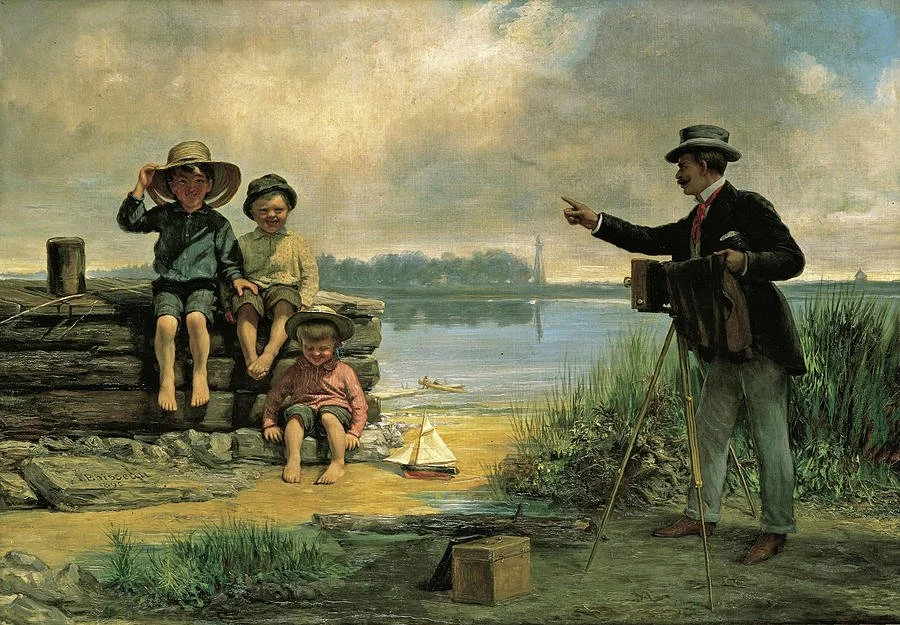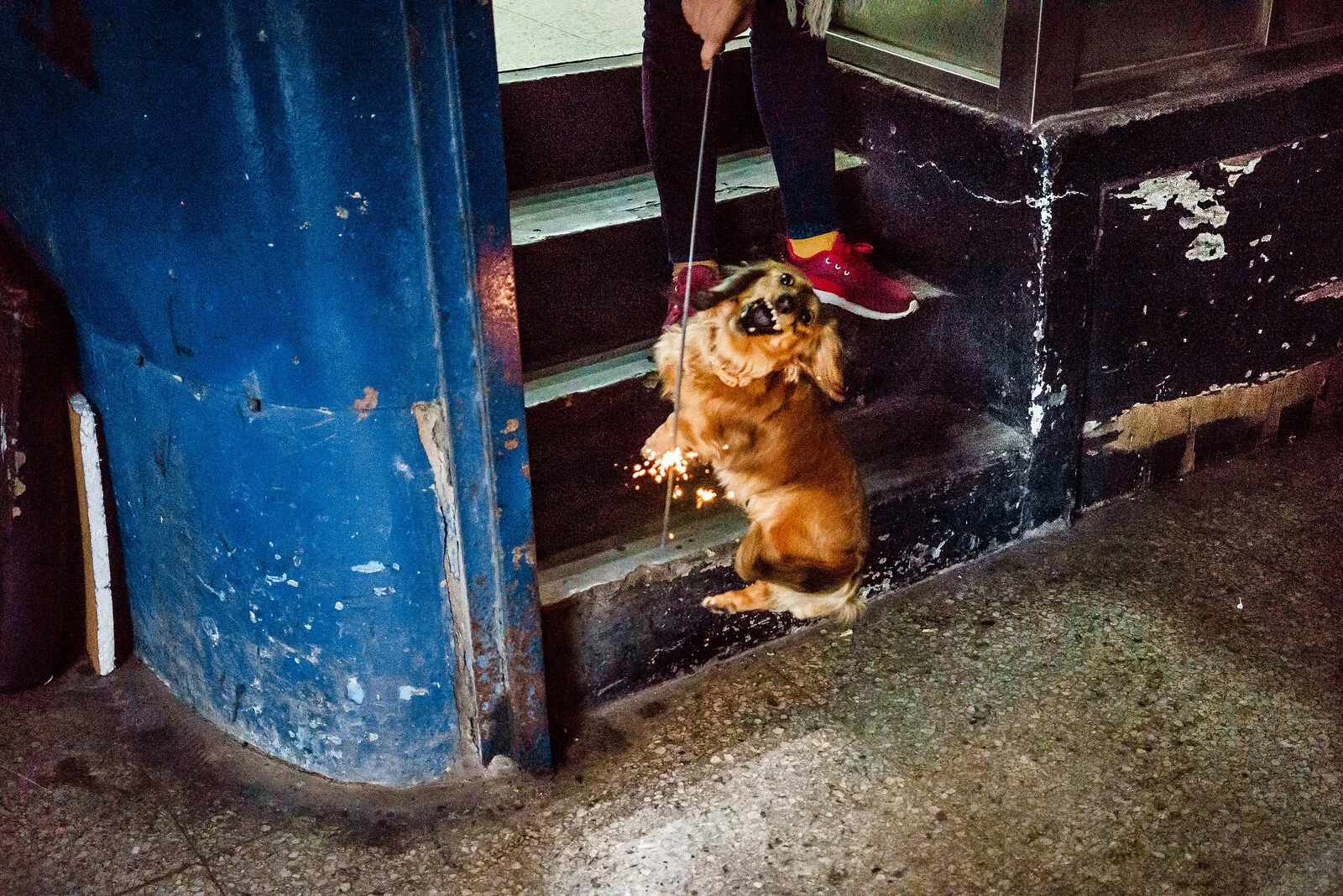Tell us a bit about yourself
I am a 38-year-old German who has been living with his wife and two boys in Hong Kong for the past six years.
What was the trigger or inspiration that led to your taking up photography?
Actually, I always enjoyed taking pictures and was also surrounded by photographers, but somehow it never brushed off on me. When I moved to Hong Kong with my wife, I didn’t know a lot of people yet, so I went out with the camera to explore the city, and I just never stopped.
How does your photography reflect your personality/state of mind?
That is a very difficult question to answer, since I always in a different frame of mind each time I go out to shoot. There are times when I go out and don’t see anything; my mind is spinning around everything else, and I can’t see a single image. The photos I have chosen are mostly from times when I actually don’t remember the walk or how I ended up in that situation…Those are always the walks when I am shooting the most, when I actually see images. So I don’t think that photography really reflects my personality or my state of mind, but that, at these moments, when you see an image, your photography perhaps becomes a natural instinct in which you just get absorbed by your surroundings.
Has your relationship with photography changed over time, and if so, how?
In the last few years, I’ve become more selective about when to press the shutter. I stopped being as trigger-happy and have started to look more and more for what I consider interesting. At the beginning, I was shooting so much, I shot everything. I’ve become more selective with the photos I take as well as the work I look at.
Please select five of your photos and talk about they came to be and how they reflect your working method
I enjoy going out and shoot what I find interesting. All of the images below feel like they were taken on the go. I enjoy it when I can freeze a subject in a fleeting, quick moment. I enjoy it when people are moving around and are not static, when the final photo can develop in a moment and be gone the next.





